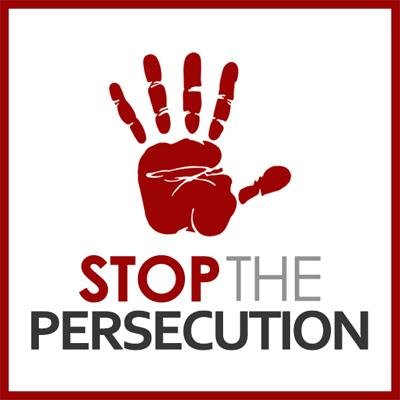New York is a city that boasts of its religious tolerance, but even here, Ahmadiyya Muslims feel the sting of discrimination.
Though they represent just 1 percent of Muslims worldwide, members of the minority sect have felt uneasy here for years, and in the past decade, what was once whispered has become overt, according to Nusrat Qadir Chaudhry, a daughter of Pakistani and Indian parents and national spokeswoman for the Ahmadiyya Muslim community.
As news reports circulated in 2010 on CNN and other major television networks across the United States, detailing a near-simultaneous Pakistani Taliban massacre on Ahmadi worshipers at two separate mosques, U.S.-based members of the minority sect grieved.
Qadir Chaudhry had three relatives who escaped the gunfire and hand grenades that killed more than 80 that day. She felt a chasm open up.
“It felt painful that I wasn’t able to have the comfort from fellow Muslims that I considered friends,” Qadir Chaudhry said.
Mending a broken trust
Like other Muslim groups, Ahmadis follow the Quran and teachings of the Prophet Muhammad, but they see Mirza Ghulam Ahmad — who founded the movement in 1889 — as their promised messiah.
Because of the distinction, Ahmadis are viewed by some Muslims as “kafirs” or heretics, and have long faced persecution in countries like Pakistan, Indonesia and Algeria. In 1984, Pakistani President Muhammad Zia-ul-Haq issued an ordinance that restricted the community’s rights and forbade them from “posing as Muslims.”
By the turn of the 21st century, the population of Ahmadis in the U.S. had experienced steady growth, both among immigrants and African-Americans who converted; the estimated total today is 20,000. In the New York City area, there are roughly 1,900 members, according to the Ahmadiyya Muslim Community’s local NYC leadership.
But in recent years, more asylum-seekers have arrived in the U.S. out of fear, “to seek peace and practice religion with freedom,” said Daud Haneef, an Ahmadi missionary who served in New York for 21 years.
Ahmadi asylum-seekers find relief from religious persecution, but experience discrimination in other forms, according to Qadir Chaudhry.
She says some of the personal challenges faced by those who have fled other countries often resurface after they arrive in the U.S., because they are likely to face discrimination on multiple fronts, for being both Ahmadis and Muslims.
“There becomes a level of trying to slowly trust people, and that’s [like] anything you’d see in a post-traumatic stress disorder situation,” Qadir Chaudhry said. “They won’t get negative reactions hopefully by the general population for being an Ahmadi Muslim, but they might feel some negative emotions towards them for being Muslim.”
Doing outreach
“Online persecution” is another reality, according to Qadir Chaudhry, as it allows users, including some members of the Pakistani diaspora, “to divulge their opinions and views.”
On social media sites like Facebook and Twitter, the Ahmadi community runs a tech-savvy campaign aimed at breaking stereotypes of Muslims — including a rejection of terrorism and advocacy for freedom of religion and empowerment of women.
But the community campaign’s title, “True Islam,” touches a nerve with some non-Ahmadis in cities like New York, where the community runs extensive outreach programs.
“[Non-Ahmadi Muslim organizations] are going on news media and radio stations and saying, ‘Hey, they’re not even Muslim, so you’re not allowed to put “True Islam” as your campaign,’ ” said Imam Mahmood Kauser, of the Ahmadiyya Muslim Community’s New York Metro Region.
Read full article HERE.
